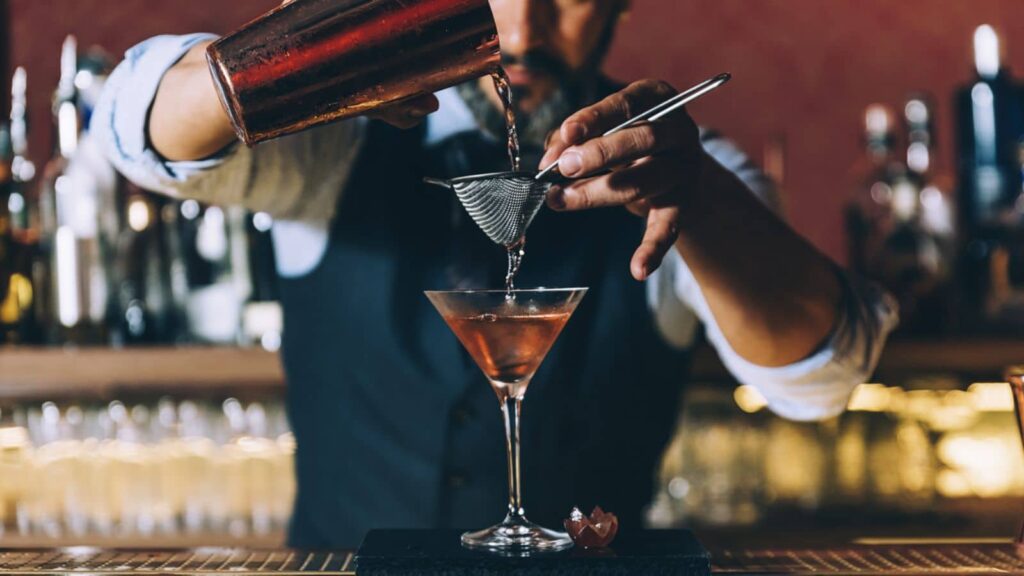More bars and restaurants across America seem to be just for the over-30 crowd. Many establishments have changed their entry rules to become places where people over 30 can chill and enjoy a night out without too much fuss. Let’s look at what’s going on.
Keeping It Classy

More bars nationwide refuse to let Gen Z in because they want to keep things relaxed and mature. They want to make a place for older people to enjoy a drink without having to shout over the music or dodge a dance-off. It’s quite a big change from the hustle and bustle of typical nightlife.
What the Regulars Think
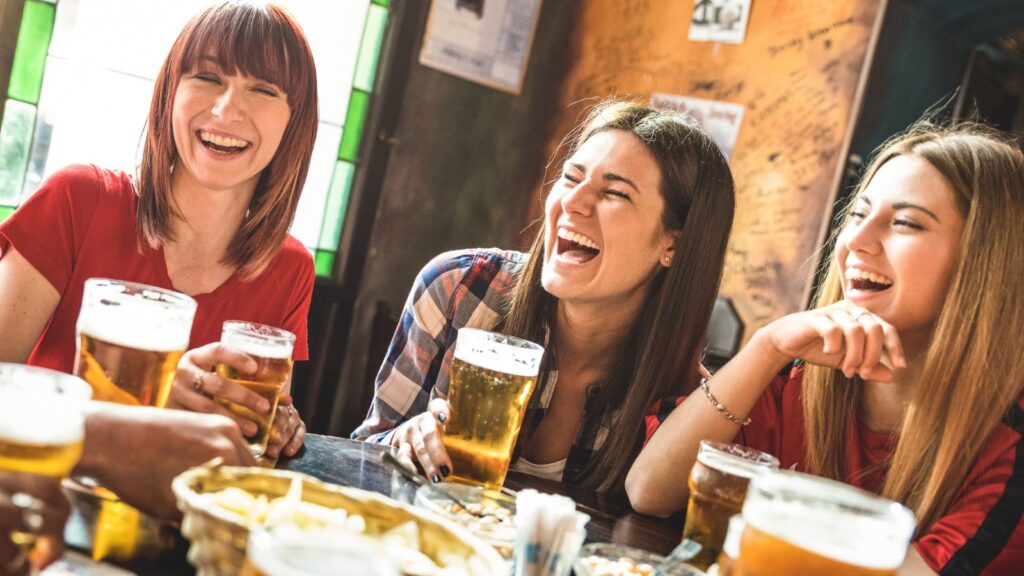
Many people over 30 are pretty happy with these changes because they think these nights out are more enjoyable now. After all, the atmosphere suits their taste. Of course, not everyone’s sold on this idea. Some people are questioning whether these rules are fair or if they’re stopping other people from having fun.
Voices From Both Sides

People who are slightly under the age limit claim they feel left out and are pretty unhappy about these changes. Meanwhile, many early 30-somethings support the new rules because they’re happy to have a place catered to them. Either way, each side has some good points about what makes a night out great.
Pioneers of the Policy
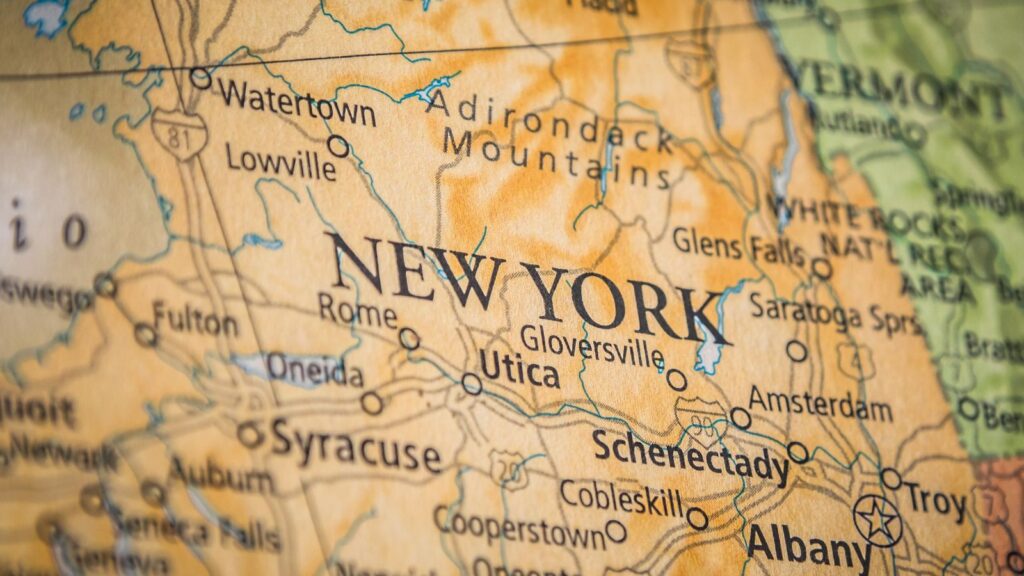
The Auction House in NYC is a great example of this policy. Since the ‘90s, they’ve kept the under-25s at bay to avoid the typical young crowd chaos. This policy seems to have been quite successful because they’ve managed to keep several older and more respectful patrons. Most of these customers are happy to be on a night out where they’re avoiding trouble.
Bliss’s Bold Move

Similarly, a bar called Bliss also has age limits in St. Louis. The bar has specific age limits, with no women under 30 and no men under 25 allowed in, to help things seem a little more sophisticated. Marvin and Tina claim they’ve created a space for adults who appreciate lounge comfort and fine dining.
Lounge Life
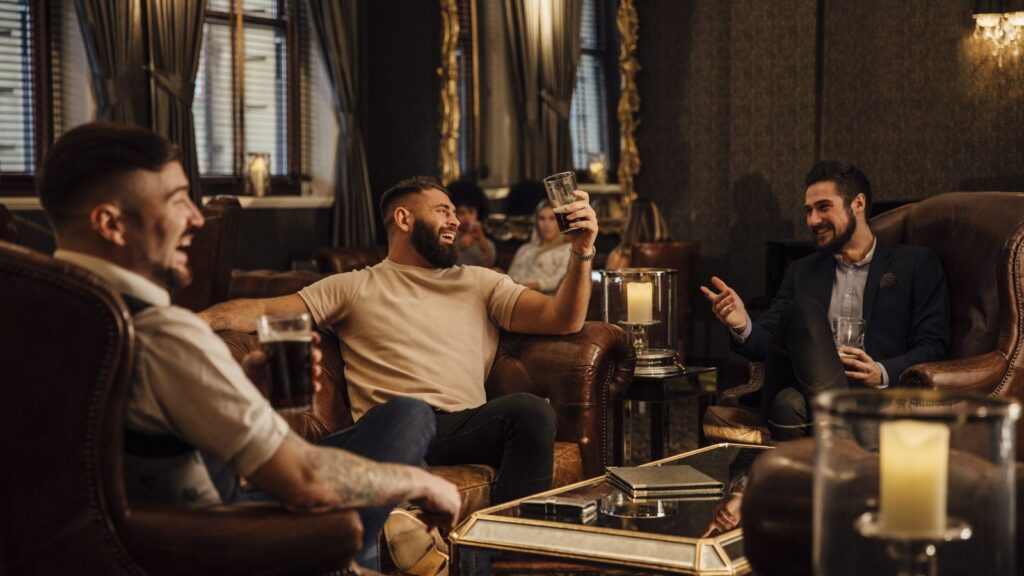
Bliss has the easygoing feel of a lounge mixed with the sophistication of a top-tier restaurant. Doing so allows older people to enjoy a night out without being in places typically dominated by the younger crowd. Anyone looking for a relaxed yet upscale evening out should visit this place.
Why It Works
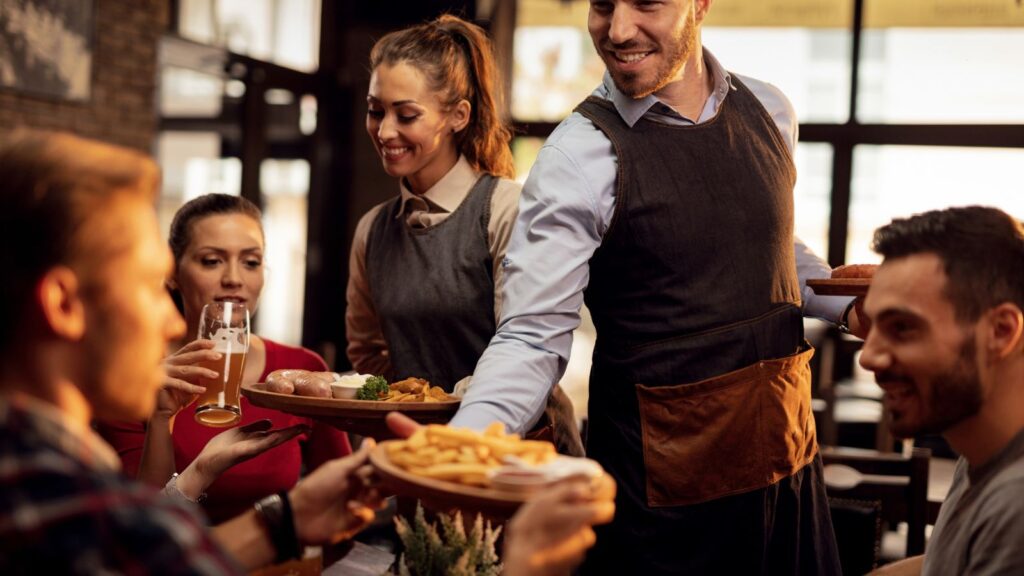
According to the owners, Bliss’s age policy isn’t just for show. It helps them deliver excellent service and memorable experiences, making their venue perfect for a more refined outing. The owners have worked hard to create an upscale place for customers and are keen to keep things that way.
Concern Over Decorum
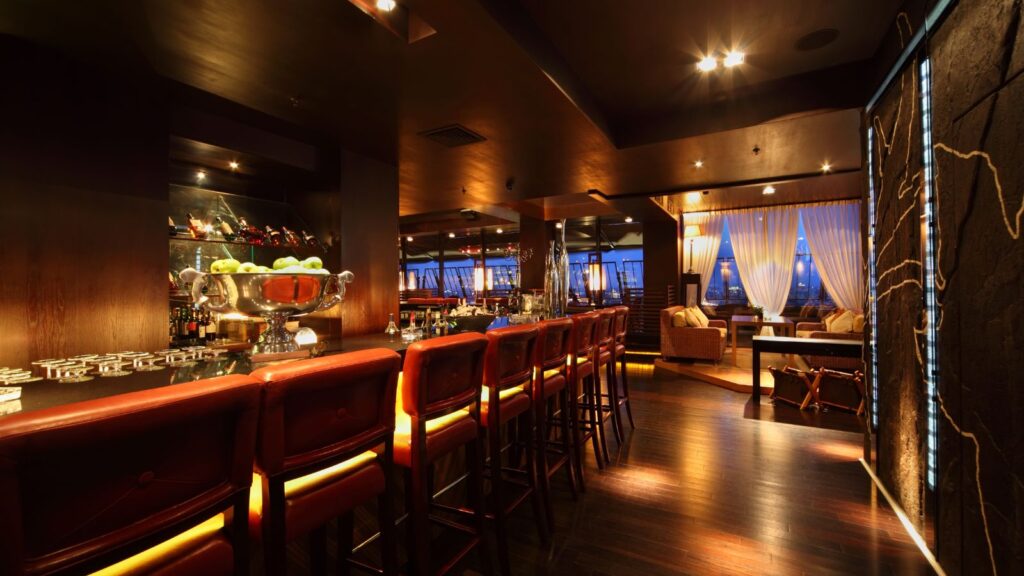
One big reason behind these age limits is protection. Too many business owners have seen customers trash their decor and ambiance, forcing them to create new policies to preserve their property and the mood they want to set. They want to attract a particular clientele that respects the place they’re in.
Back to Exclusive Clubs

With bars setting age limits, some people have suggested that members-only clubs could return. These exclusive places can be a real win for businesses because they can give their members a mix of prestige and privacy. Having a membership policy also means these places can only choose clients who’ll maintain the club’s high standards.
Creating a Safe Space

Some bar owners believe that older customers will create a safer and more respectful environment. They believe older guests are less likely to be rowdy, making the place safer for everyone. As such, bars may no longer need to have heavy security, which could make them more welcoming.
Aligning With Luxury Brands

Many high-end bars and restaurants already have age limits to match their luxury branding. They’re trying to give more upscale service to their clients and attract customers willing to spend more on premium experiences. Going member-only might be the best way to do this in some cases.
Reducing Noise Complaints

Older people tend to prefer quieter and more intimate settings because of their hearing issues. Limiting entry to older guests will allow bars to reduce noise levels, which can help with local noise ordinances and improve relationships with nearby residents and businesses. This is particularly important in urban areas with strict noise regulations.
Lowering Insurance Costs

These age restrictions could make things cheaper, as some bars may be able to lower their insurance premiums. Insurance companies could see these places as a lower risk because there’s a reduced likelihood of incidents with younger and more unpredictable patrons. As such, having fewer customers could actually mean more money.
Sustainable and Eco-Friendly Bar Designs
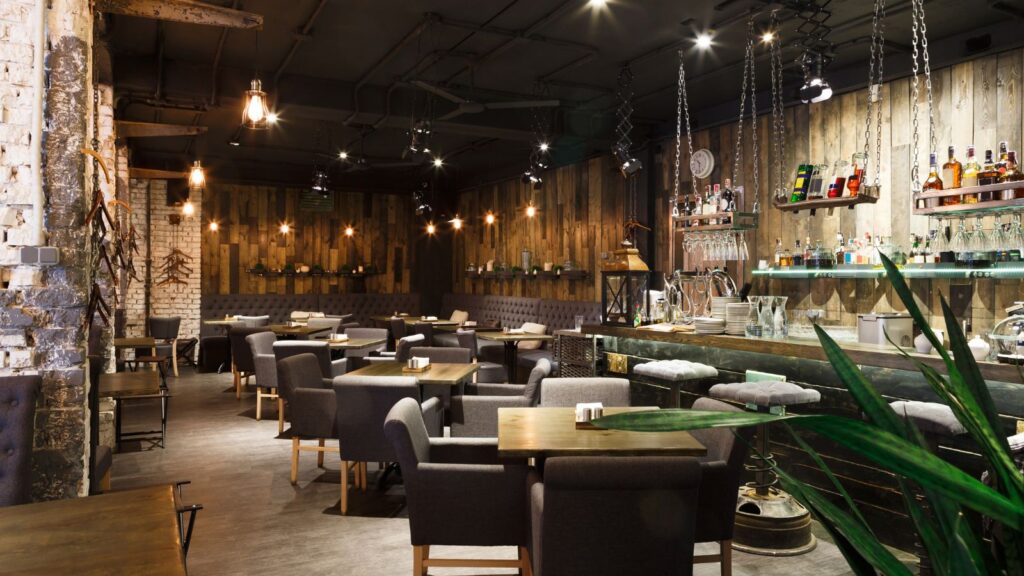
These aren’t the only changes happening with bars. Many are becoming more eco-friendly by using sustainable materials like bamboo and recycled glass for their decor. Many of these bars have also installed energy-efficient appliances and LED lighting to reduce energy use, along with vertical gardens to improve air quality.
Focus on Healthier Drink Options

Several bars have changed their drinks menus to include healthier options, such as low-calorie cocktails, and non-alcoholic options, like mocktails and CBD-infused drinks. Some bars experiment with ingredients like hard kombucha and agave to cater to their more health-conscious customers. These people still want to enjoy a night out without compromising their fitness goals.
Experiential Drinking Experiences
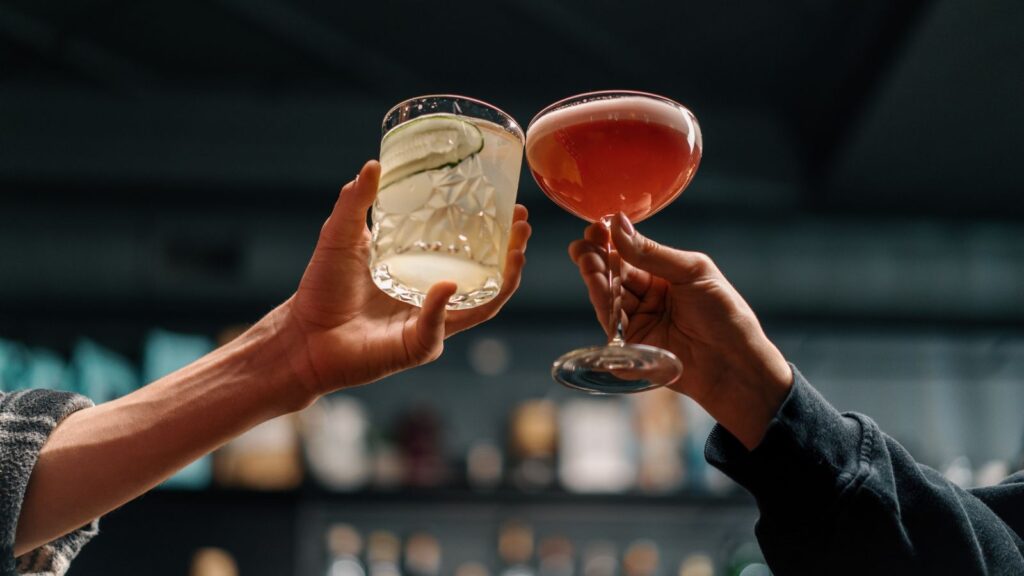
Experiential drinking is also becoming more popular, including things like pop-up bars and immersive cocktail experiences or unique themes. No matter their theme, these places try to create memorable experiences for their customers that go beyond just having a drink. They’re places for all of your senses.
Social Media Influence

Social media greatly affects how bars present themselves, and bars now design their interiors and cocktails to be Instagram-worthy. These bars want to attract customers who are looking for visually stunning experiences. Sometimes, they’re working with influencers for promotions to draw in a larger crowd.
Community Collaborations
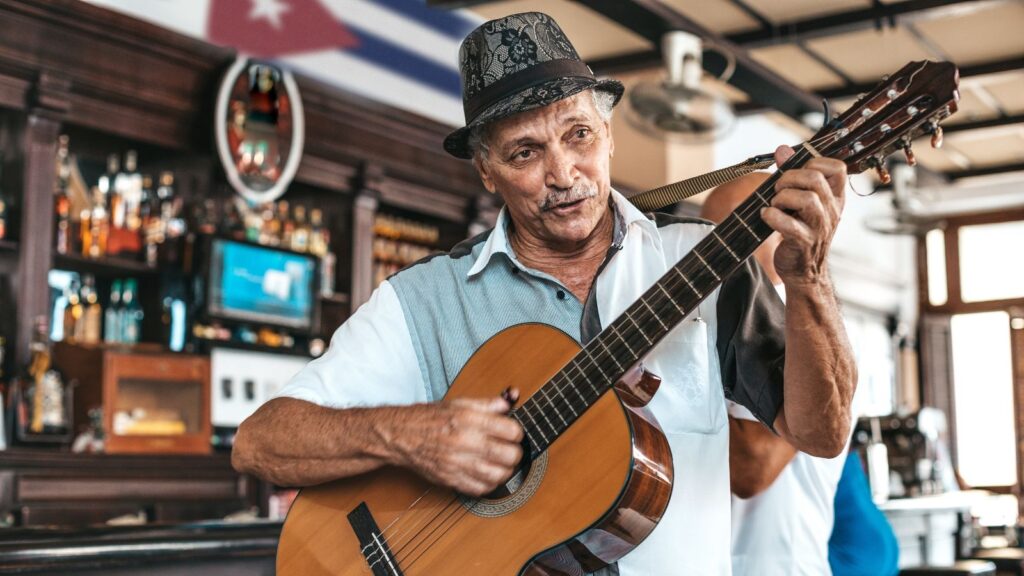
Other bars are working with local artists and performers to create a unique place to support the local arts scene. This might include live music nights and art installations. Doing so can make things more enjoyable for customers and attract a more diverse audience to the establishment.
19 Grim Realities of Dating After 50 That Are Often Overlooked

19 Grim Realities of Dating After 50 That Are Often Overlooked
26 Things That Will Be Extinct Because Millennials Refuse to Buy Them

26 Things That Will Be Extinct Because Millennials Refuse to Buy Them
24 Outdated Slang Terms You Absolutely Shouldn’t Be Using Anymore

24 Outdated Slang Terms You Absolutely Shouldn’t Be Using Anymore
25 Hardest Parts About Getting Older That No One Ever Talks About

25 Hardest Parts About Getting Older That No One Ever Talks About

